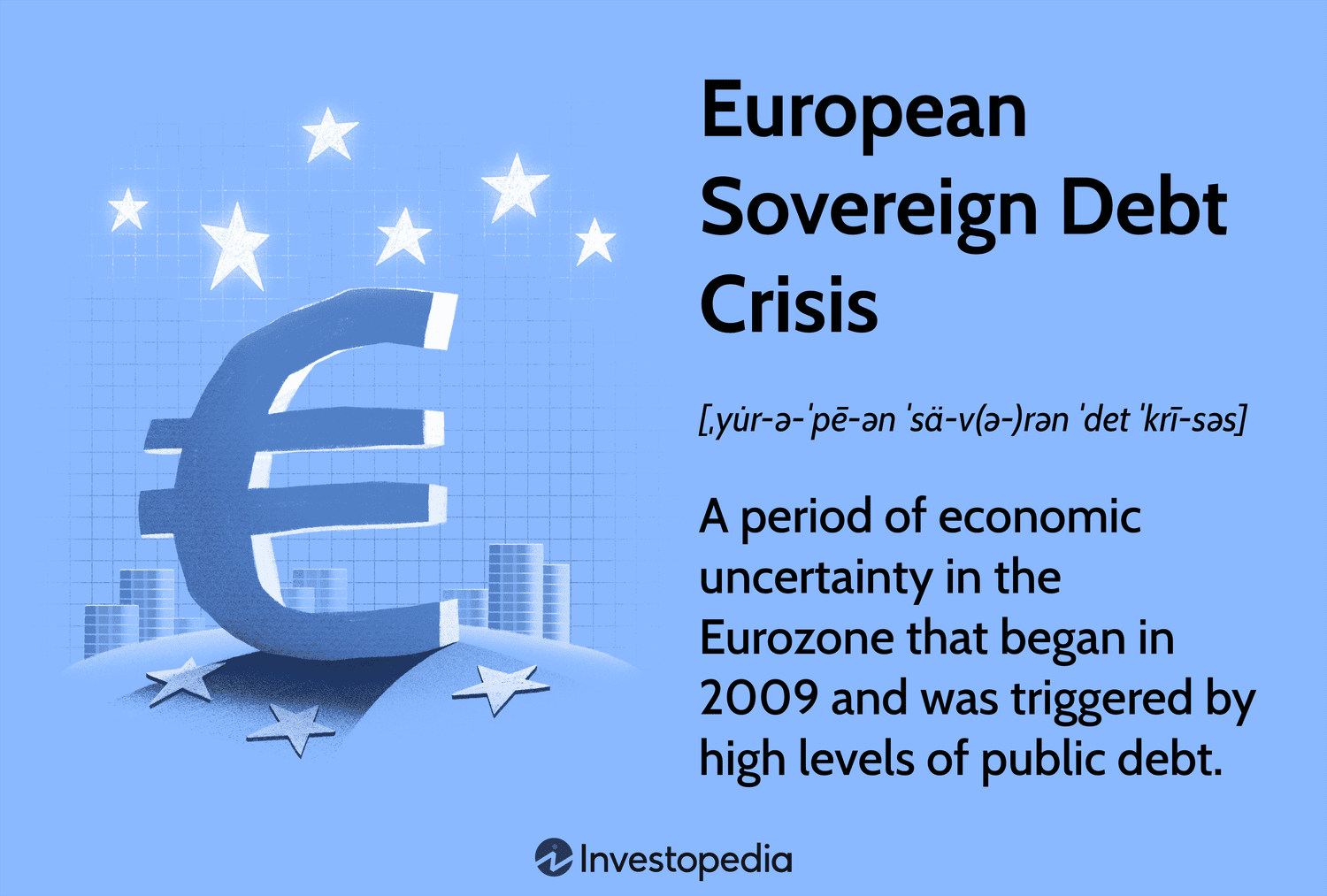As the global economy becomes increasingly interconnected, understanding the concept of sovereign default is crucial. A sovereign default occurs when a country fails to meet its debt obligations. In this article, we will delve into the causes, consequences, and possible solutions to this phenomenon.

Credit: www.amazon.com
Table of Contents
Causes of Sovereign Default
Several factors can contribute to a sovereign default. Economic mismanagement, excessive debt levels, political instability, and external shocks are some common causes. Governments that consistently spend beyond their means and fail to implement effective fiscal policies increase their risk of defaulting on their debt.
Consequences of Sovereign Default
The consequences of sovereign default can be far-reaching, affecting both the country in question and the global economy. Let’s explore some of the key consequences:
1. Economic Downturn
A sovereign default often leads to an economic downturn within the country. It can result in reduced access to international credit, higher borrowing costs, decreased investment, currency devaluation, and inflation. These factors contribute to a decline in economic output and impact the living standards of the population.
2. Spillover Effects
Sovereign defaults can have spillover effects on neighboring countries and international financial markets. The interconnectedness of global markets means that a default in one country can quickly spread to other nations, causing market turmoil and investor panic. This contagion effect amplifies the impact of the initial default, potentially leading to a wider financial crisis.
3. Loss Of Investor Confidence
A sovereign default erodes investor confidence in the affected country. Investors become wary of lending money or investing in a nation that has defaulted on its debt obligations. This loss of confidence can have long-term implications for economic growth and development.
Solutions to Sovereign Default
While sovereign defaults are complex issues, several solutions can help prevent and mitigate their impact. Here are some potential approaches:
1. Imf Programs
The International Monetary Fund (IMF) provides financial assistance and policy advice to countries facing financial crises or sovereign default. IMF programs typically involve economic reforms, fiscal consolidation, and structural adjustments aimed at restoring stability and promoting sustainable growth.
2. Debt Restructuring
Debt restructuring involves modifying the terms of a country’s existing debt to make it more manageable. This may include extending maturity dates, reducing interest rates, or even forgiving a portion of the debt. It can provide temporary relief and enable the country to regain its financial footing.
3. Strengthening Fiscal Policies
Countries can avoid default by implementing sound fiscal policies that ensure long-term sustainability. This includes reducing budget deficits, improving tax collection, promoting transparency, and eliminating corruption.
4. Diversifying The Economy
Overreliance on a single sector or a few key industries increases vulnerability to external shocks. Diversifying the economy by developing new sectors and promoting innovation can help reduce the risk of default by creating alternative sources of revenue and employment.

Credit: www.bloomberg.com
Conclusion
Sovereign defaults pose significant challenges to countries and the global economy. It is crucial for governments, international organizations, and policymakers to work together in finding solutions that can prevent defaults or minimize their impact. By implementing sound fiscal policies, seeking assistance from organizations like the IMF, and promoting economic diversification, countries can better manage their debt obligations and ensure economic stability.
